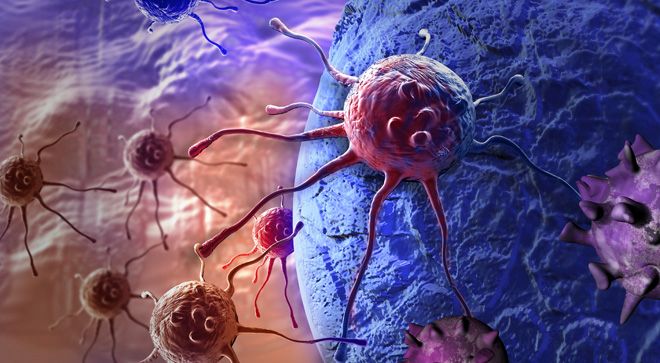News
Video
‘No One-Size-Fits-All’ Treatment for Patients with TGCT
Author(s):
One expert explains the importance of a multidisciplinary care team for patients with TGCT.
Sydney Stern understands the importance of a multidisciplinary care team when treating tenosynovial giant cell tumors, or TGCTs. Stern, Director of Giant Cell Tumor Programs at TGCT Support and the Life Raft Group, received a diagnosis of TGCT at the age of 17, years after first experiencing symptoms and having been misdiagnosed with juvenile arthritis and other issues.
TGCT is a tumor which starts in the tissue around the joints and while not malignant it can cause inflammation, pain and limited joint mobility.
In a conversation with CURE® as part of the “Speaking Out” video series, Stern explained that the ideal multidisciplinary care team for a patient with TGCT would include a medical oncologist and an orthopedic oncologist as well as physical therapists, radiologists and palliative care specialists.
“The majority of patients are diagnosed by orthopedic surgeons in that sports medicine sector, that's the major point of contact when we start a lot of times because [TGCT] resembles a Baker's cyst or a meniscus tear for those of the knee, labral tear for hips,” Stern said. “So, we end up mostly there and what you'll find is there's a delay in understanding of maybe some of the research or dissemination [of information] into those groups.
“And so, getting referred to multidisciplinary teams is really key; one, because there's multiple modalities at this point for treatment. It is not just surgery, but there's also this concept of active surveillance, and I think that's better done at cancer centers which are used to actively monitoring patients over time, whereas the traditional sports medicine doctor may only have 12 weeks with the patient and then they may send them off into the world. So, I think those multidisciplinary teams are more equipped for long-term follow up, as well as the various options that are now available, which are truly patient-centric. There is no one size fits all for everyone. And while surgery at one point was the frontline treatment, there's a slight shift into not just pulling out every tumor you see, but being more thoughtful about the impact later on.”
For more news on cancer updates, research and education, don’t forget to subscribe to CURE®’s newsletters here.





